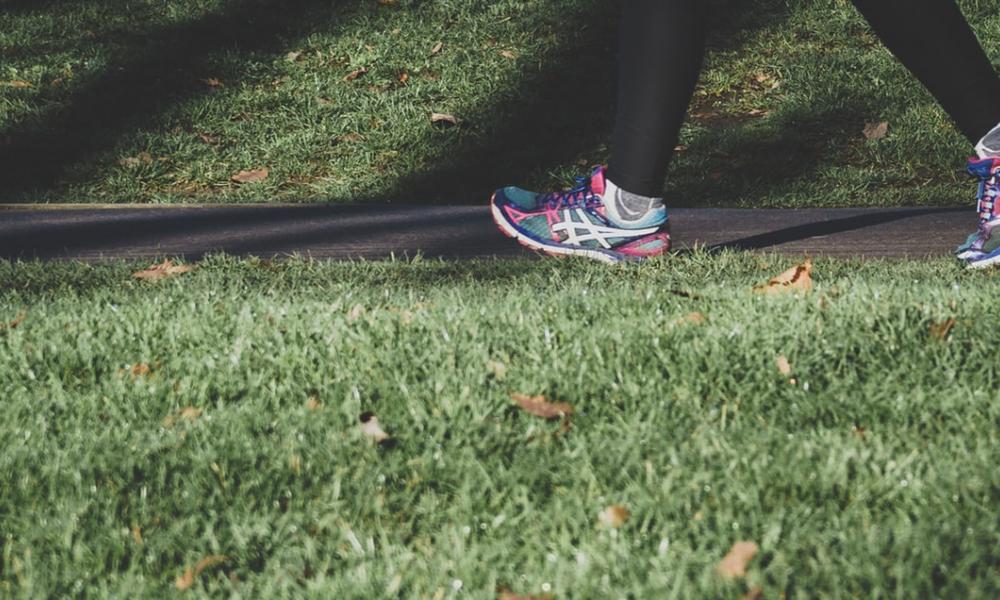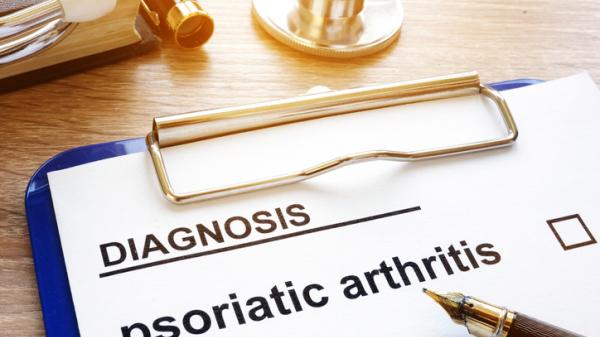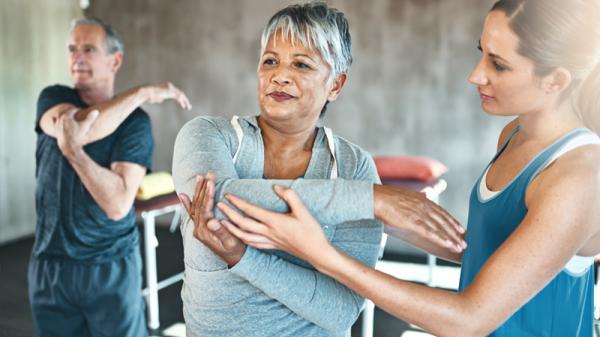
Walking is one of the most effective ways of reducing the pain and stiffness associated with arthritis.
Walking is an excellent exercise option for people with psoriatic arthritis (PsA). It's low impact, great for our joints and has amazing benefits for our health and wellbeing.
Physical activity has the potential to benefit people with PsA. However, exercise should not be used in isolation. It should form part of your PsA management plan and be used together with other strategies prescribed by your healthcare team (e.g. medications, physiotherapy etc.). During flares it is important to talk to your rheumatologist or GP. They can advise you about what types of physical activity are best to help you navigate these tough periods.
Why is walking beneficial for arthritis?
Our joints
Walking helps boost the circulation of blood around our bodies. By doing so, it encourages the flow of oxygen and other nutrients into our joints. This process can assist in easing some of the inflammation, pain and stiffness associated with arthritis, as well as promoting overall joint health.
Walking can also help to strengthen the other structures that support our joints, such as muscles, ligaments and tendons. Keeping these structures active and strong can help improve the flexibility and range of motion in our lower joints. This can also decrease the load we place on our joints and help to maintain strong bones.
Outside our joints
Cardiovascular and metabolic health – Walking is a recommended exercise for lowering blood pressure and improving overall heart health. As PsA is linked to an increased risk of heart disease, you need to look after your heart as well as your joints. Regular walking has been shown to help manage weight, control cholesterol and assist in lowering blood pressure. This helps to lower the risk of heart disease and stroke. Walking also helps to reduce the risk of diabetes.
Mental health and emotional wellbeing – Walking helps you feel good. It can improve your mood by releasing 'feel good' endorphins that help to reduce our stress levels. These endorphins can also help to reduce our brain's perception of pain and help trigger positive feelings in our bodies.
How Can I Start a Safe and Enjoyable Walking Routine?
Make it social
As with any form of exercise, it is important to make walking part of your day-to-day routine. One easy way to do this is turning it into a social activity. Organise (or join) a walking group in your workplace, neighbourhood or with your family and friends. This will help make walking seem like less of a chore and more like a social outing.
Pace yourself and look after yourself
Remember when exercising with PsA it is important to pace yourself. You don't want to end up taking one step forward and two steps back. Talk to your healthcare team. They can help you set goals and make sure that you are walking in a safe and effective manner. Using pedometers or other devices to track your walking progress can help you to stay motivated and keep you on track in reaching your goals.
Although walking is low impact, you may still experience some aches and pains during or after walking. Using hot and cold therapies (e.g. ice and heat packs) may help you to recover after exercise. If you have excessive pain or discomfort due to walking, stop and check in with your healthcare team.
It is also important to:
Drink fluids - Staying hydrated is an important part of being physically active. Drinking plenty of water will ensure that you have the proper balance of electrolytes and water in your body, helping your muscles and mind to function effectively.
Slip, Slop, Slap, Slide and Seek - Make sure, no matter the time of day, that you wear protective clothing and apply plenty of sunscreen before heading off for a walk.
Make walking part of your daily routine
We are all busy, and it can sometimes seem impossible to find the time to exercise. Luckily, walking is something that can easily be slipped into your daily activities, and you probably won't even notice. By making some small changes to your daily routine you will be amazed at how quickly you can rack-up some steps.
- Set alarms every hour and get active. Break up periods of sitting with bursts of being active. By going for short (three minute) walk around your workplace every hour you will total about 25mins of walking per day.
- Be active in your leisure time. We would probably all agree that TV ads are boring, however they are a great excuse to get up and walk around for a few minutes. Another tip when watching TV is to keep your remote out of arm's reach. This will help you to break up periods of sitting as you have to get up to change the channel or adjust the volume.
- Housework and cooking. Wear your pedometer while you are doing the house work, washing the car, gardening or cooking. It is amazing how many steps these tasks result in.
Read the Australian Government’s recommended levels of physical activity for more information.










